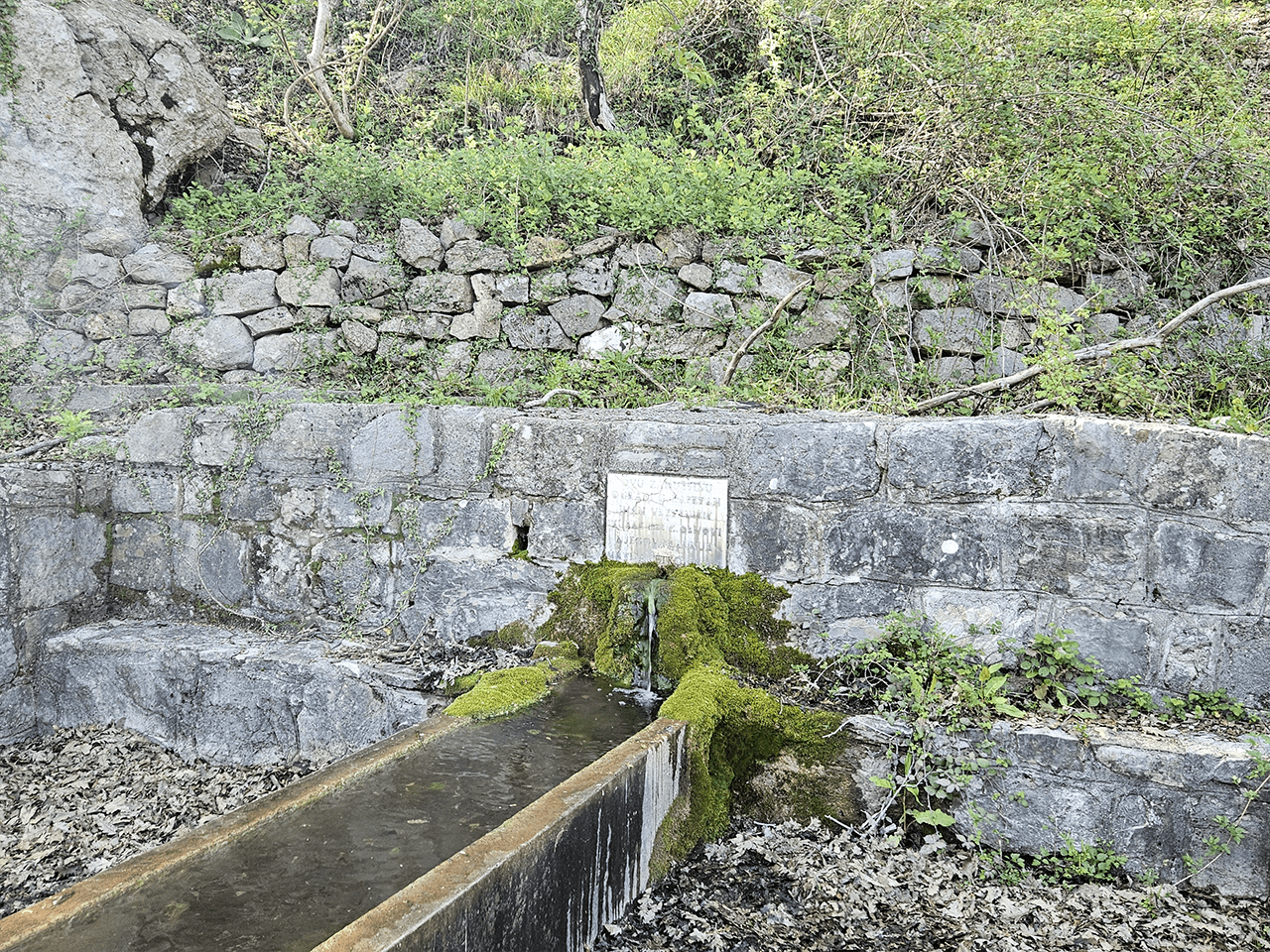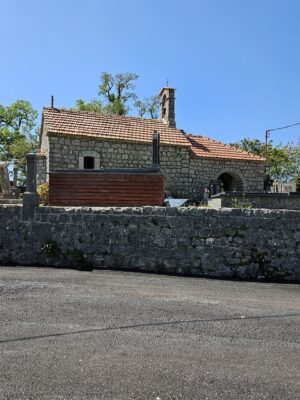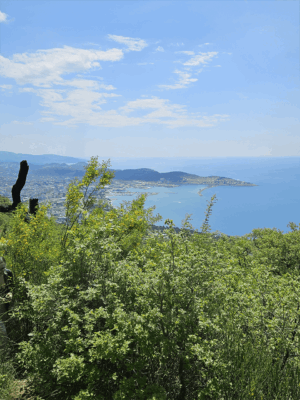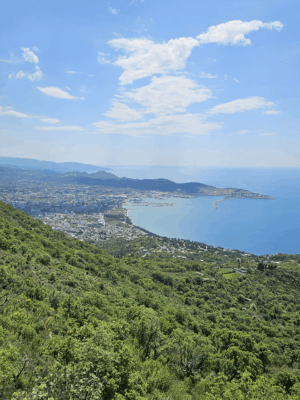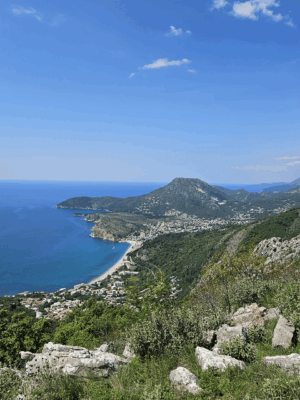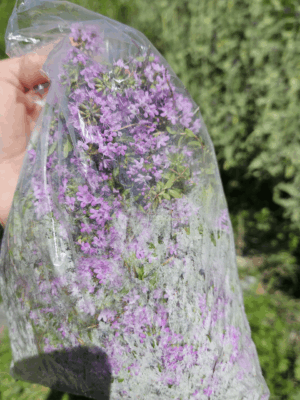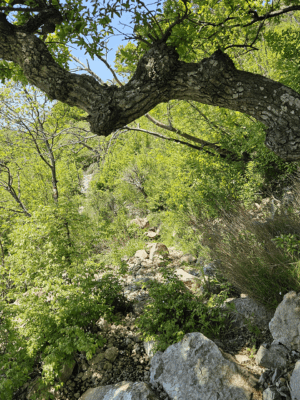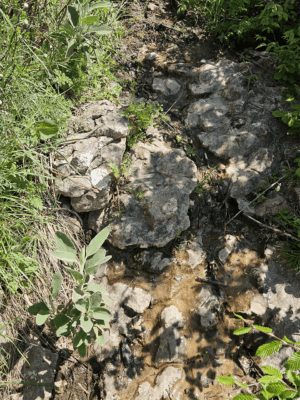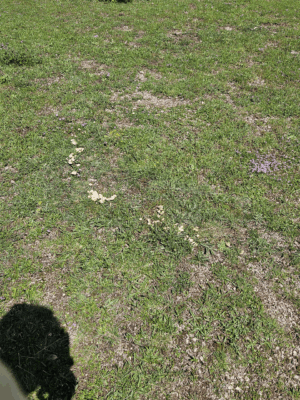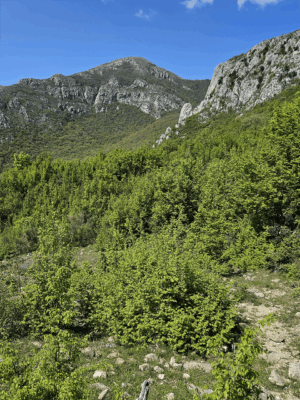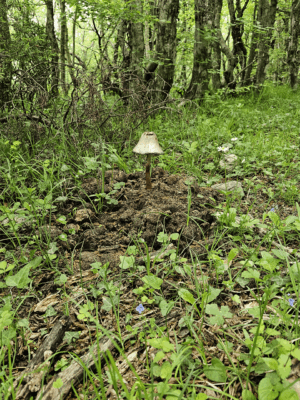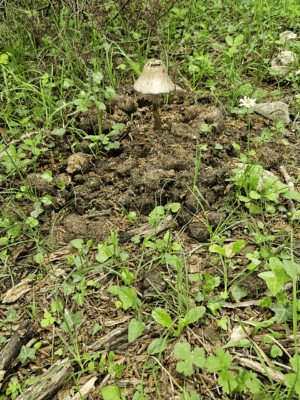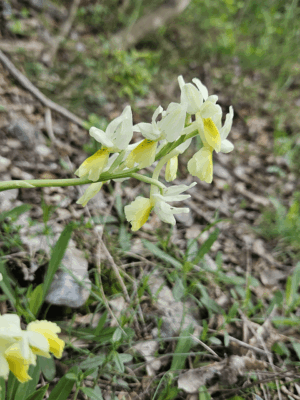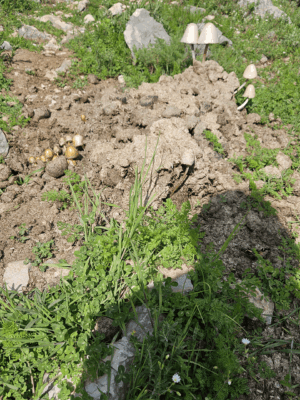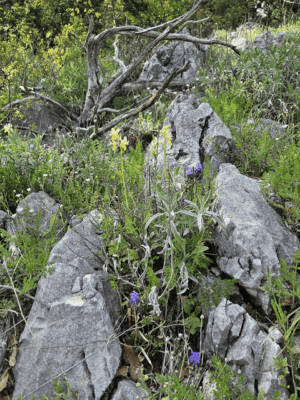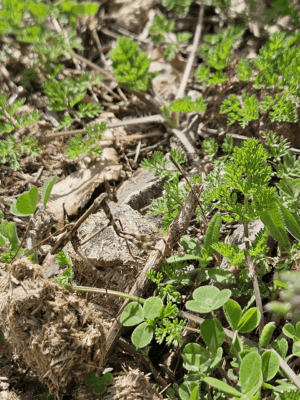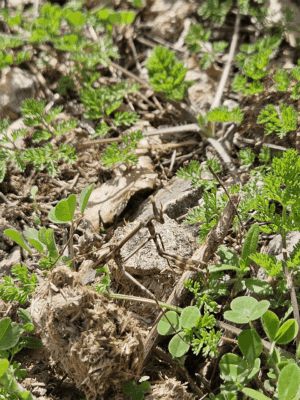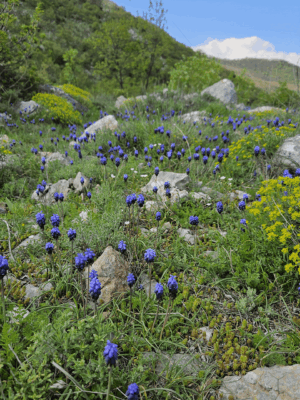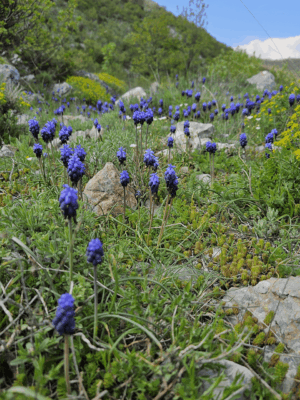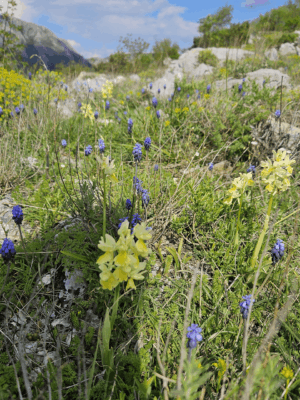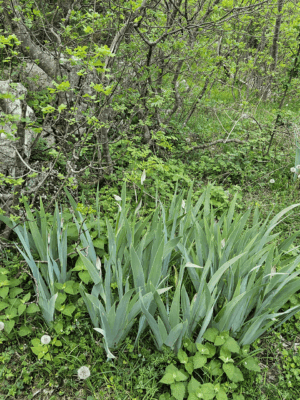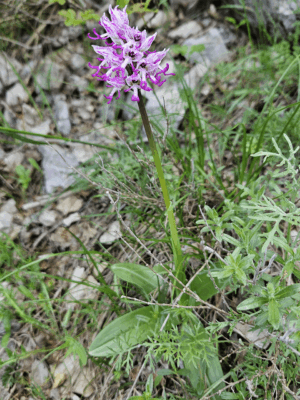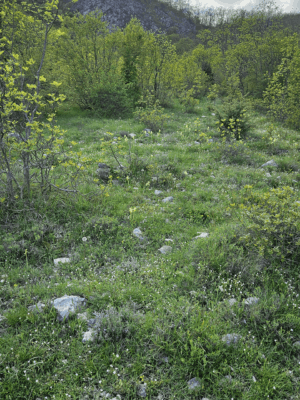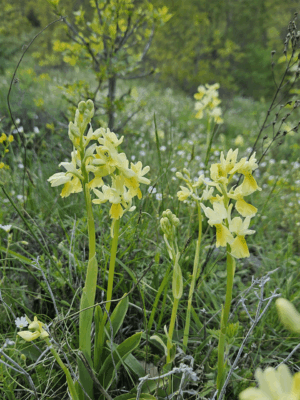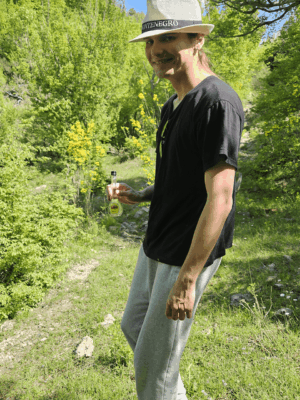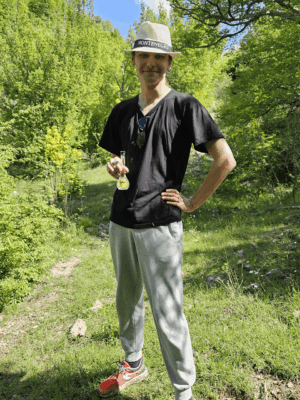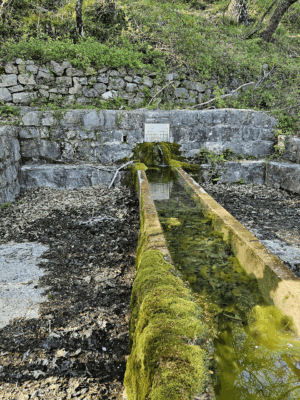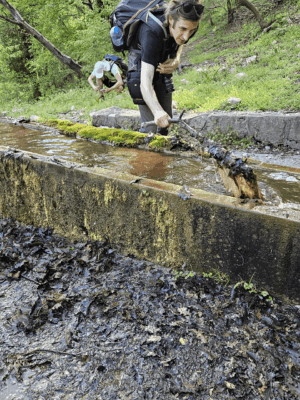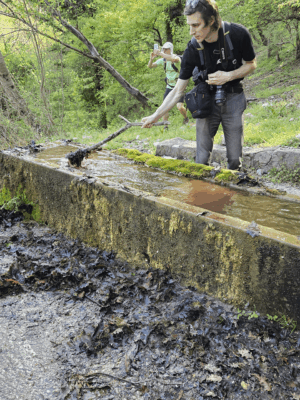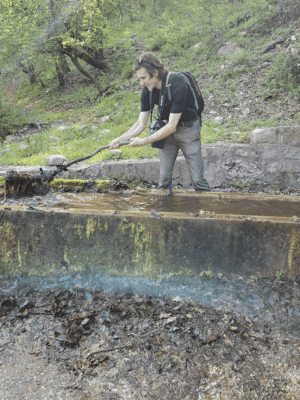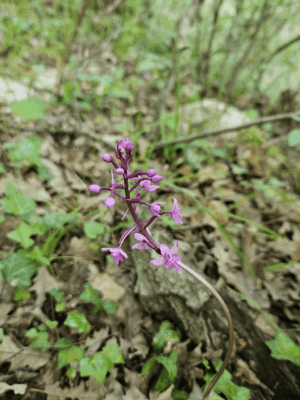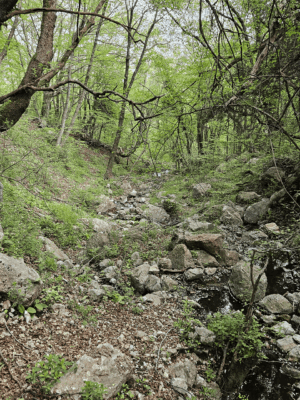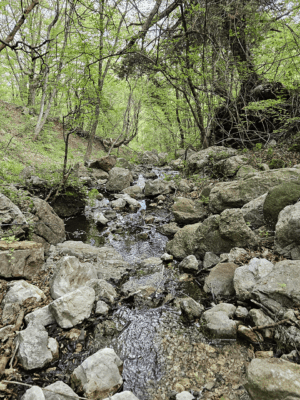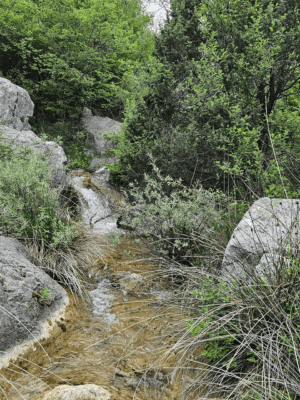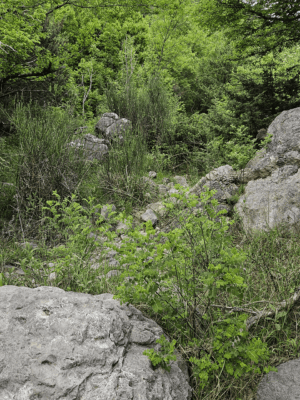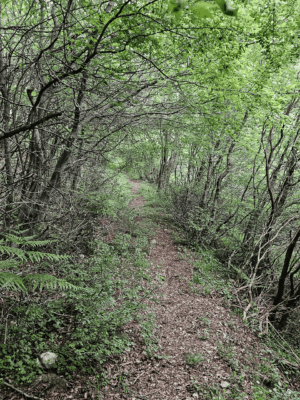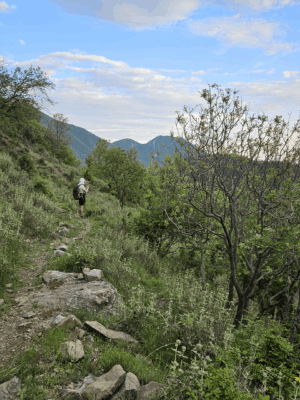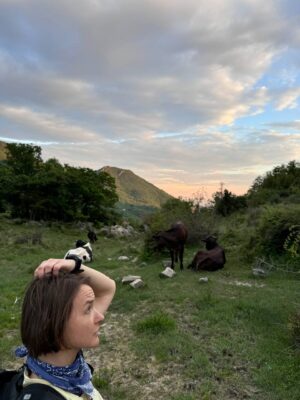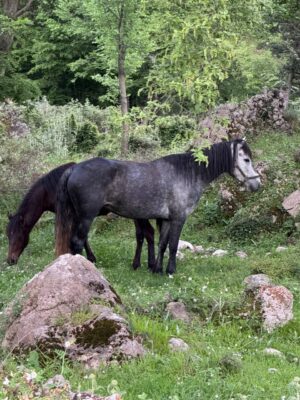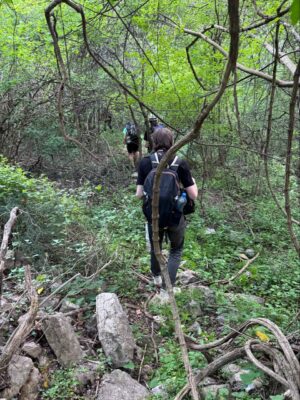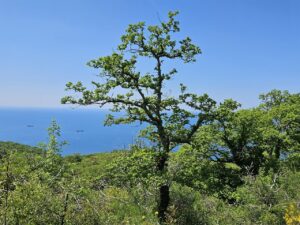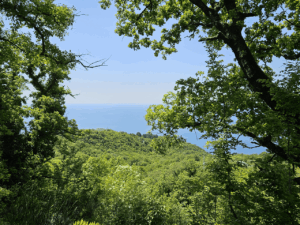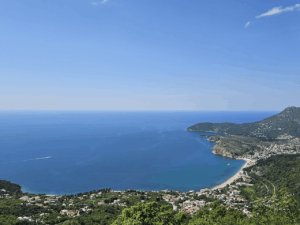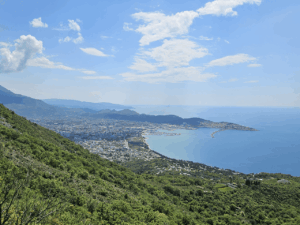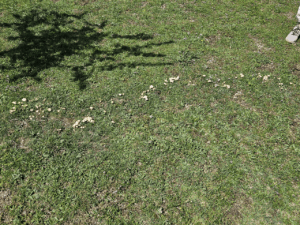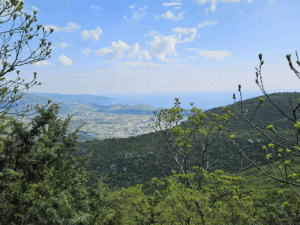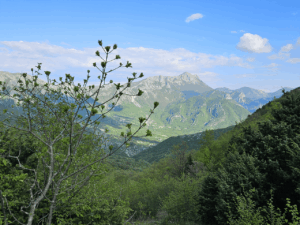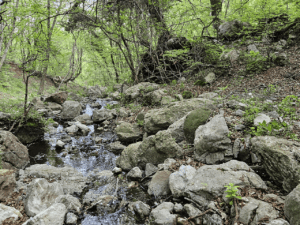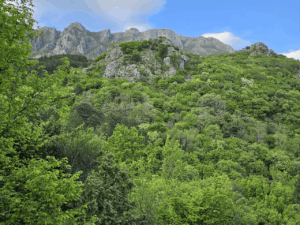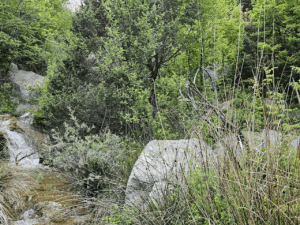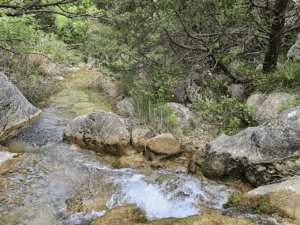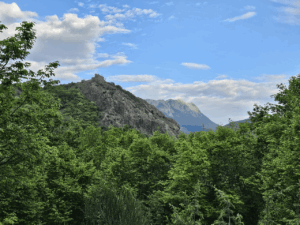On April 27, 2025, the Starlight tourist group went on a hiking trip along a picturesque route in the area of the city of Bar, Montenegro. The journey ran from the Church of St. Petka in Shushan through natural and historical sights – to the monastery Ribnjak. This path became not only a walk in the fresh air, but also a real immersion in the nature and history of southern Montenegro.
The route and its features
The participants completed a busy route, including the following key points:
- Velja Mogila
- St. Petka Church
- Gornja Voda spring
- Pišutnica reservoir
- Kula Crni krš tower ruins
- Ribnjak monastery
- Železnica river valley
- St. John the Baptist Church
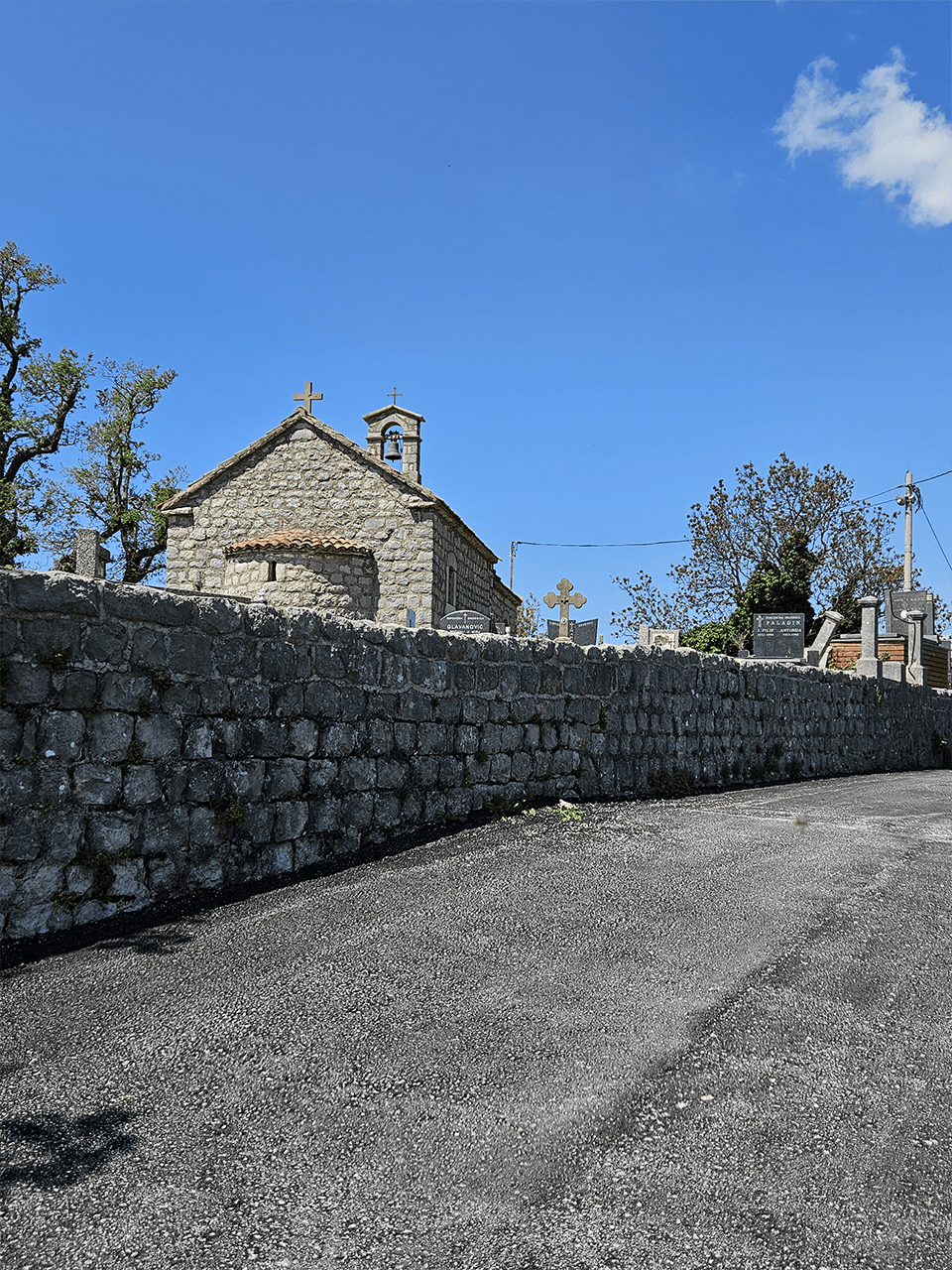
The route took about five hours, passed through moderately rugged terrain, among pine and oak groves, rocky massifs and ancient buildings. The weather that day was clear and warm, about +20°C — ideal conditions for the hike.
Historical and cultural monuments
One of the bright and symbolic places on the route was Velja Mogila — an elevation that bears the signs of an ancient burial mound. The name translates as “Big Mound” and, according to local historians, may have been related to ancient burial traditions or memorial structures from the Ilijan period.
From the top of Velja Mogila there is a breathtaking view of the surrounding valleys and mountains, and in good weather you can even see the Adriatic coast. It is a great place to stop, rest and reflect. Flags, memorial stones and even small crosses are often erected here in honor of fallen soldiers and ancestors.
The site is surrounded by bushes, low-growing pine trees and thyme thickets, and in the spring, poppies and sage bloom around the mound.
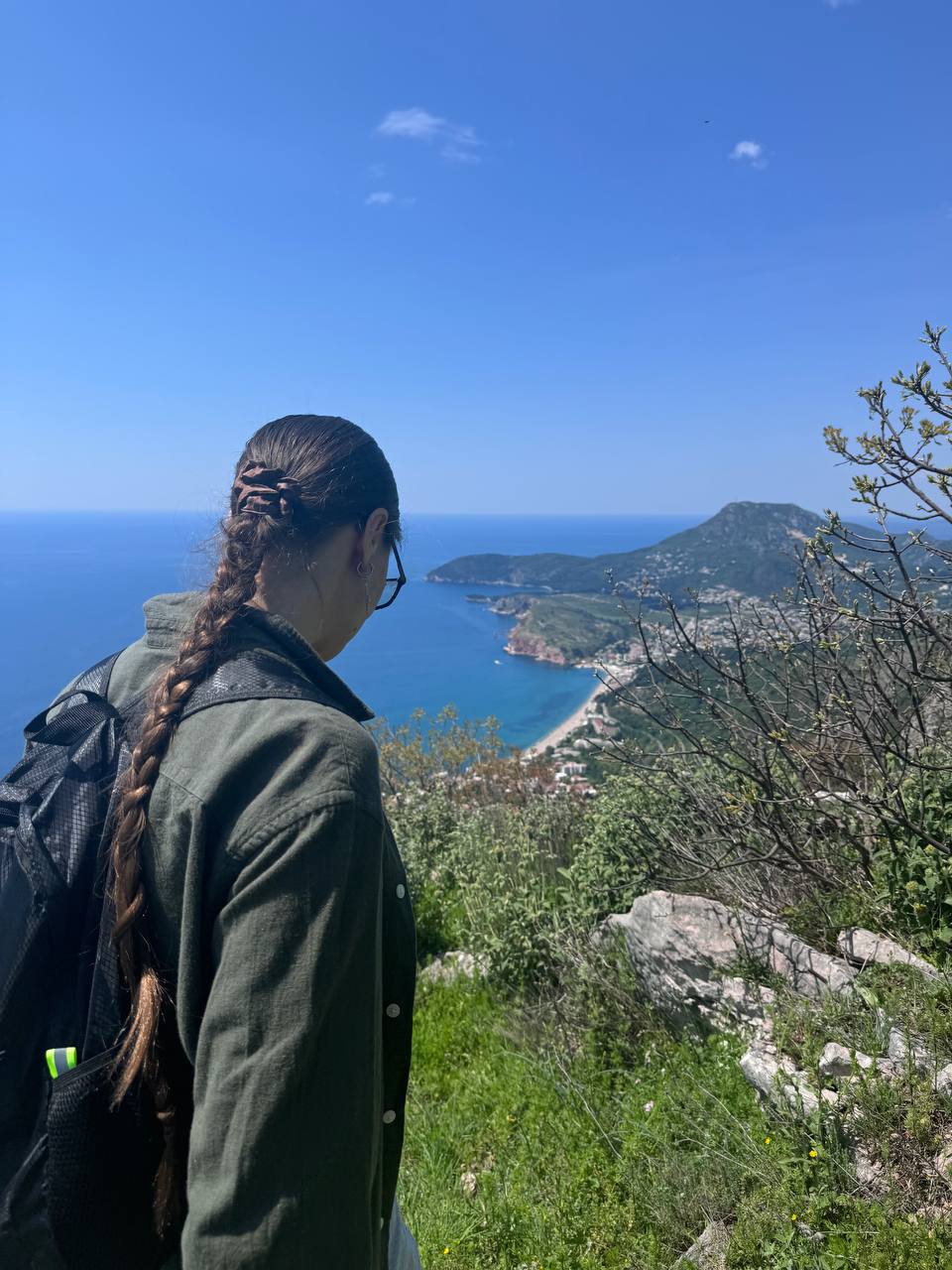
The Church of St. Petka in Šušanj is one of the oldest religious sites in the area. Presumably built in the 17th century, it is dedicated to St. Paraskeva, the patroness of health and women. The church is located on a hill, from where there are beautiful views of the coast and Bar. Not far from the church is the Gornja Voda spring, long known to locals for its clean and tasty water. This natural spring was an important source of fresh water for shepherds and travelers.
The next point on the route was the Pišutnica reservoir, a small artificial reservoir that supplies water to some of the nearby settlements. Despite its technical purpose, this place is rich in vegetation and attracts waterfowl.
Next, the participants climbed to the ruins of the Crni krš tower, a defensive structure, presumably from the Ottoman period. From here, a panoramic view of the surrounding area opens up, and the rocks that gave the place its name (“black karst”) create a dramatic landscape.
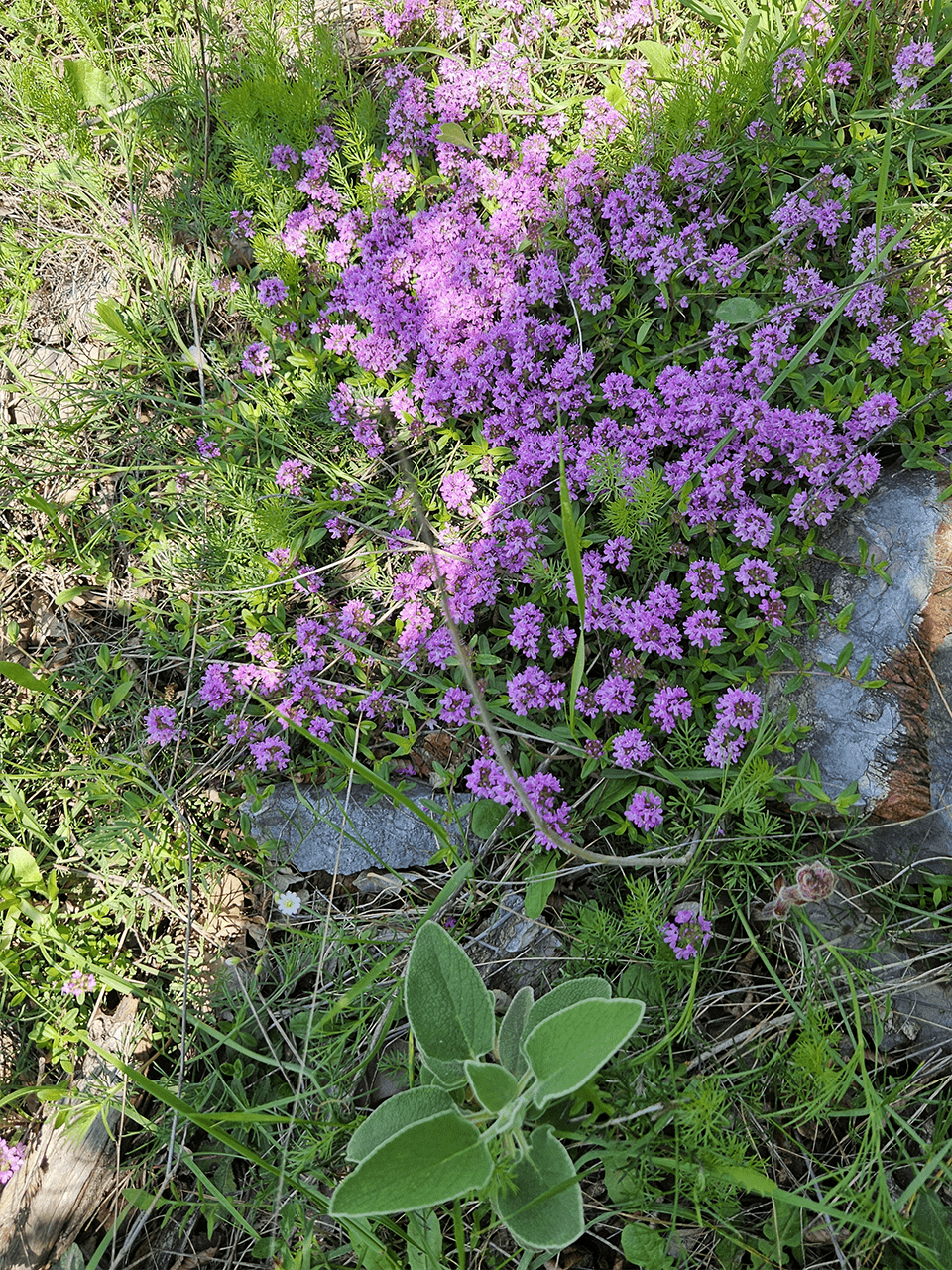
The final spiritual point of the route was the Orthodox monastery Ribnjak, founded in the 19th century. This secluded and peaceful place, surrounded by gardens and a pond with fish, continues to be an active monastery and attracts pilgrims with its silence and hospitality. The final part of the route ran along the Zheleznica River, in the valley of which is the Church of St. John the Baptist, a small rural temple with 18th-century frescoes. Religious processions and local religious holidays often take place here.
Natural attractions and flora of the route
In spring, the nature of Montenegro is especially generous. Along the way we encountered:
- Mediterranean pines and holm oaks
- Thyme and bellflowers on the slopes
- Sage thickets
- Rock mosses and lichens on rocky areas
- Field irises and rare wild orchids in the monastery area
Black alder grows along the Zheleznica River, and in open areas you can see mint of the valley. Among the animals we encountered were lizards, turtles, goldfinches, nightingales, and in more forested areas, traces of wild boars.

Practical recommendations
- Water: the Gornja Voda spring is a great place to replenish your water supplies.
- Footwear: sturdy and stable footwear is required due to possible slippery areas.
- Behavior: when visiting the monastery and churches, it is important to remain quiet and dress modestly.
- In spring, it is recommended to use insect repellent.
Conclusion
The hike on April 27 was not just a walk for the Starlight group, but a whole exploration of the natural and cultural heritage of Montenegro. The impressions from the route, filled with both the beauty of the landscapes and the spiritual depth of historical places, will remain with the participants for a long time. This path is an ideal way to feel a connection with the land, tradition and nature.

